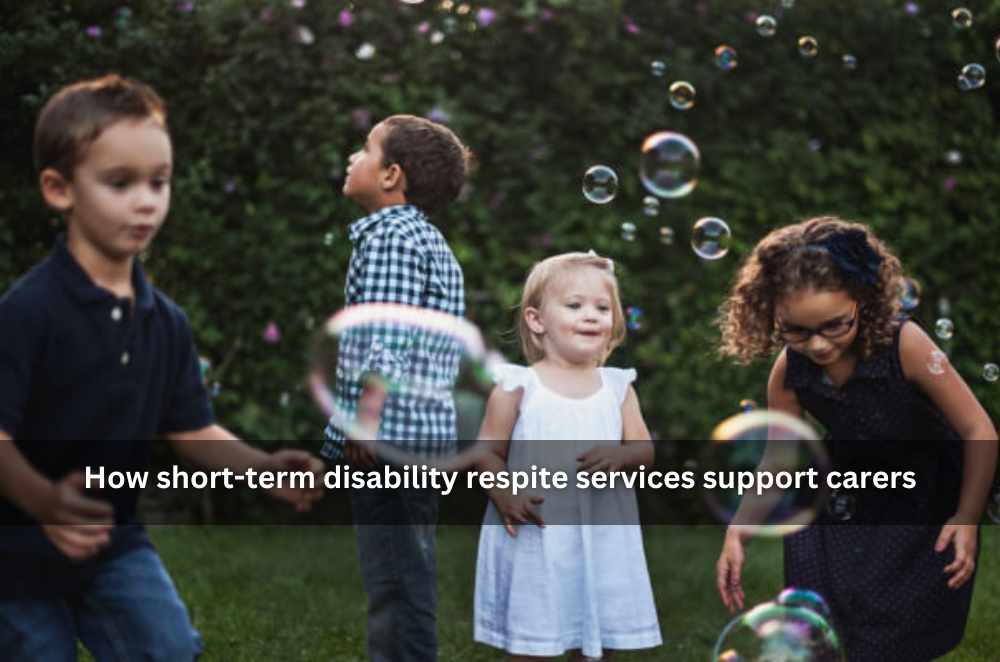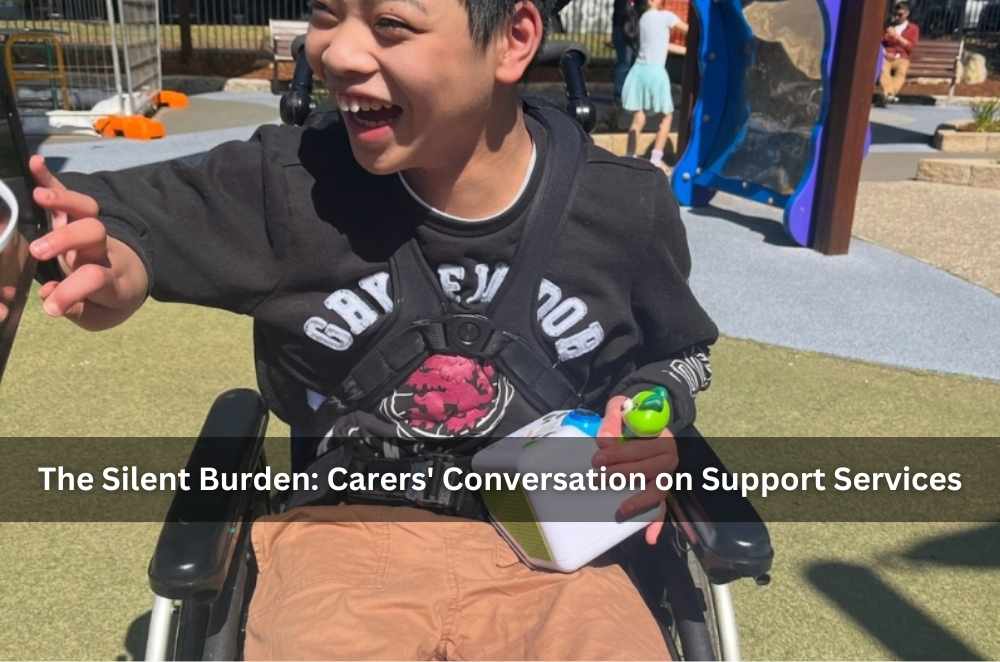
Caring for someone with a disability is rewarding, but it can also feel relentless. The rhythm of medications, therapies, and routines leaves little space for carers to rest or simply breathe. That’s why having access to a short break matters—not as a luxury, but as a necessity for family wellbeing. One of the most practical ways this support is delivered is through short-term accommodation, where a person with disability spends a few days in a supported setting that mirrors their usual routines. For the individual, it can mean meeting new people, building independence, or just enjoying a change of scene. For the carer, it creates breathing room to recharge, manage life admin, or just sit still without listening out for the next call. In practice, it’s less about “time off” and more about keeping everyone’s energy and resilience intact.
What respite looks like for different families
Respite isn’t one-size-fits-all. Some families need a single night to get on top of life admin. Others need a few days around a medical procedure, or a regular pattern that keeps the household on an even keel. The shape of support should mirror the person’s rhythms: same wake-ups, same sensory preferences, same communication cues. When those details carry across, the stay feels less like a disruption and more like a natural extension of home life.
Familiarity matters: known routines, predictable carers, clear boundaries
Goals stay in view: social connection, independence, and confidence building
Safety is layered: environment, staff capability, and transparent communication
Carers exhale: rest, reset, and return with energy to spare
I once supported a family whose teenage son thrived on routine and outdoor time. We matched him with a carer who loved the beach. Two short evenings, same schedule, same shoreline walk. He came home calm; his mum finally slept through the night. That’s the mark of a good break—no drama, just relief.
Planning stays that actually help
Good respite is planned around what the person and family need right now, not the neatest calendar block. Start with the pinch points. Is it the witching hour at home? Early mornings? Social overwhelm? Plot the stay to take pressure off the hardest bits and keep the rest steady.
Map the stress spikes and fit the stay around them
Keep a tight “about me” summary: routines, triggers, comforts, goals
Decide how you’ll communicate during the stay (and how often)
Debrief after: what worked, what to tweak next time
When families are exploring different kinds of support, it helps to have straightforward language to guide conversations with coordinators or relatives. Resources that explain what respite looks like in plain terms can take the guesswork out of planning. Health professionals often point to understanding respite care options as a starting point because it breaks down the different approaches available, from in-home assistance to short stays. Using this kind of resource can make it easier for everyone involved to agree on the type of support that feels both practical and sustainable.
A quiet success story (and what it teaches)
One weekend, a dad needed to help his eldest move house. His younger son, who uses an AAC device and loves trains, was anxious about the change. We set up two nights with a carer who already knew his communication style. They rode a local line after dinner, stuck to the usual bedtime, and kept the device within arm’s reach. Back home, the family didn’t return to a tangled mess—they returned to a boy who’d had a good time and a dad who’d moved house without splitting himself in two.
What made it work?
A familiar carer and consistent communication style
A predictable “anchor” activity each evening
Clear contingency notes (what to try if overwhelm spikes)
A no-surprises pick-up time set in advance
This isn’t glamorous work. It’s steady, human, and grounded in the small things that make a person feel at home—even when they’re not at home.
Keeping carers in the picture
Respite supports the person first, but it only truly works if carers stay connected. That doesn’t mean hourly updates—just a plan you both trust, and a way to reach each other if something changes. Decide together what “good enough” looks like during the stay: one message after dinner? A photo before bed? Or no messages unless needed? Clarity protects everyone.
Agree on check-in rules before the stay
Share a short “what great looks like” list (sleep, meals, mood)
Keep medication and contacts up to date and accessible
Capture one small win to bring back into the weekly routine
When carers want to compare experiences and language for tough days without feeling alone, carer support services can be a good doorway into shared perspectives and practical solidarity. It’s not a script—more a nudge that you’re not the only one figuring this out in real time.

Making room for joy and routine during breaks
A short stay isn’t just a gap-fill. Done well, it’s a purposeful time. Some people want quiet and familiar. Others light up with small adventures: a new board game, a farm visit, a swimming session at the local pool. The key is choosing activities that fit the person’s sensory profile and goals, not just what’s convenient.
Pair activities with regulation: movement before meals, quiet after outings
Keep goals small: one social moment, one self-care step, one choice offered
Build a repeatable template you can pull out next time
Bring a “bridge” item from home—comfort tracks, a favourite mug, a soft toy
School holidays can add pressure on families, as routines shift and support hours juggle around siblings. If you’re weighing structured options during that period, school holiday respite programs can provide a simple frame: short, supported stays with activities chosen to match energy and interests.
Final thoughts
Respite works best when it protects dignity, routine, and relationships. A well-timed stay gives the person you support a fresh setting to practise skills and enjoy themselves, while you step back and breathe. Keep the plan person-centred, keep communication simple, and let small, predictable details do the heavy lifting. In my experience, the real success isn’t the stay itself—it’s the quieter week that follows, when everyone’s shoulders sit a little lower and home feels like home again.





Write a comment ...